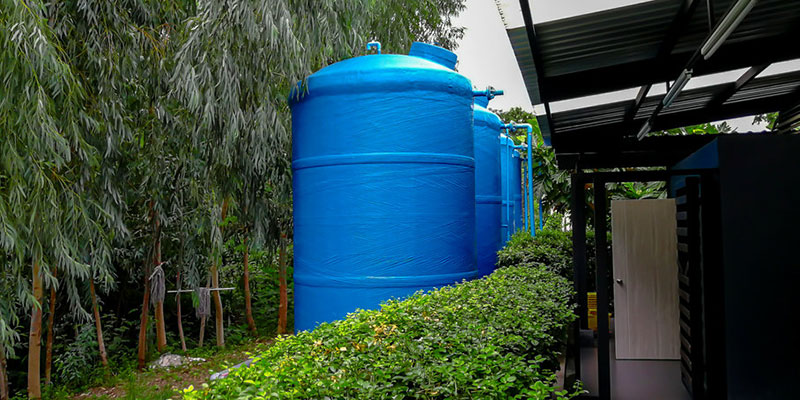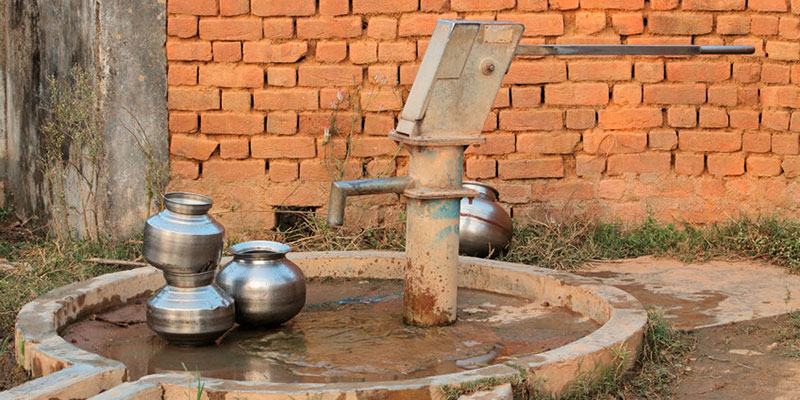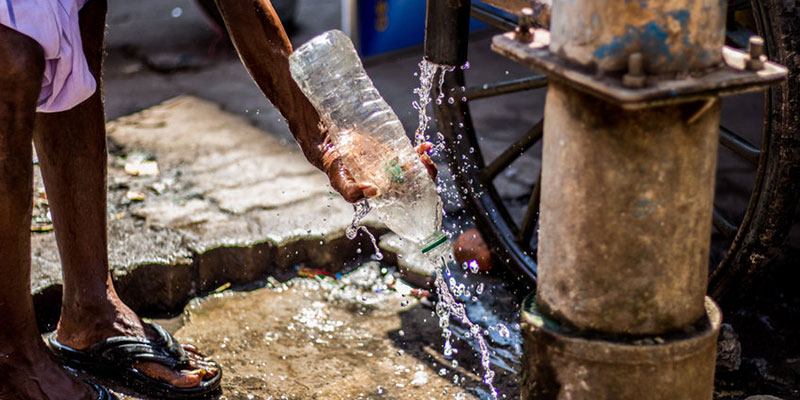Rainwater harvesting — seen on a South Korean farm — is one of the many strategies used for self-supply of water. But evidence collected in some countries suggests that proper protection is absent in many rainwater systems.
In the Asia and Pacific region, 780 million people — almost a third of the population — rely on their own water infrastructure
More than a billion people worldwide have invested in infrastructure to self-supply water at their premises, often because other models are too expensive or inadequate. Self-supply takes many forms, whether manually drilled family wells in Zimbabwe, millions of rainwater harvesting systems in Thailand, or full-scale private water infrastructure in the United States.
Quantifying the prevalence and safety of self-supplying water is important to achieving sustainability goals. To this end, a new study in the journal Nature has examined water self-supply in the Asia and Pacific (APAC) region.
In 2018, 780 million people in Southeast Asia, South Asia, and the Pacific — approximately 32% of the region’s population — self-supplied drinking water. South Asia had the highest rate, at 33% of the population. Southeast Asia came in at 29%, and Pacific Island nations at 15%. Figures from India and Papua New Guinea, however, skewed the estimates. Exclusion of India raises the percentage of self-supply in South Asia to 50%, while excluding Papua New Guinea increases the estimate to 17% in the Pacific.
The study found self-supply high in Bangladesh at 71% and the Marshall Islands at 79%, yet rare in Bhutan at 0% and Fiji at 4%. Together, India, Bangladesh, Pakistan, and Indonesia accounted for 85% of APAC self-supply.
The resilience of self-supply water in relation to climate change warrants a closer examination of its prevalence and safety.
Risks of Water Self-supply
Researchers say it is unclear whether self-supplied water falls in the “safely managed” categories under the United Nations’ Sustainability Goal (SDG) 6.1, Clean Water and Sanitation.
Self-supply by households in low- and middle-income countries gives residents water autonomy as an alternative to dependence on development assistance, but comes with challenges in monitoring and regulating the quality of the water.
Although evidence suggests self-supply is more reliable than communal rural systems, it’s unclear whether the risks of microbial and chemical contamination are lower in existing centralized or communal water systems.
The researchers noted that in urban areas, dense population and proximity to inadequate on-site sanitation systems raise concerns about self-supply. Even rainwater harvesting systems in rural areas could pose problems. Although rainwater is described as an ‘improved’ water source, evidence collected in Cambodia and Vanuatu suggests proper protection, such as an insurance that a rainwater catchment tank is completely closed, is absent in many rainwater systems.
It is unclear whether the risk of microbial or chemical contamination within a self-supply source is higher than that found in existing centralized water treatment systems.
High-Quality Water Purification
These risks can be eliminated with high-quality decentralized water purification systems, including Fluence’s modular NIROBOX™ plants for desalination and surface-water purification, and Aspiral™, which treats sewage for water reuse. The packaged plants give customers independence from the centralized grid, while ensuring that the water is safe to use.
Because of the autonomy of installations like wells and boreholes, self-supplied water is far more complex and expensive to monitor and safeguard than centralized urban water systems. With Fluence’s containerized plants, though, data can be collected digitally via smart phone app for accurate data reporting.
Climate Resilience of Self-Supply
In an age of climate change, groundwater is being depleted and precipitation is becoming less dependable, raising concerns about the climate resilience of self-supply. Fluence products address many of these concerns. For example, Aspiral™ wastewater treatment plants produce water suitable for reuse in agricultural irrigation and other nonpotable applications, virtually increasing the supply of available water.
Self-supply is an ultra-decentralized strategy for water autonomy where piped water is unavailable. While low- and middle-income countries have had difficulty securing investment for water infrastructure, new public-private partnerships (PPPs) such as those offered by Fluence’s Water Management Services have greatly expanded the market for high-quality water treatment with no upfront investment. Contact Fluence to learn more about reliable water treatment and water reuse.



